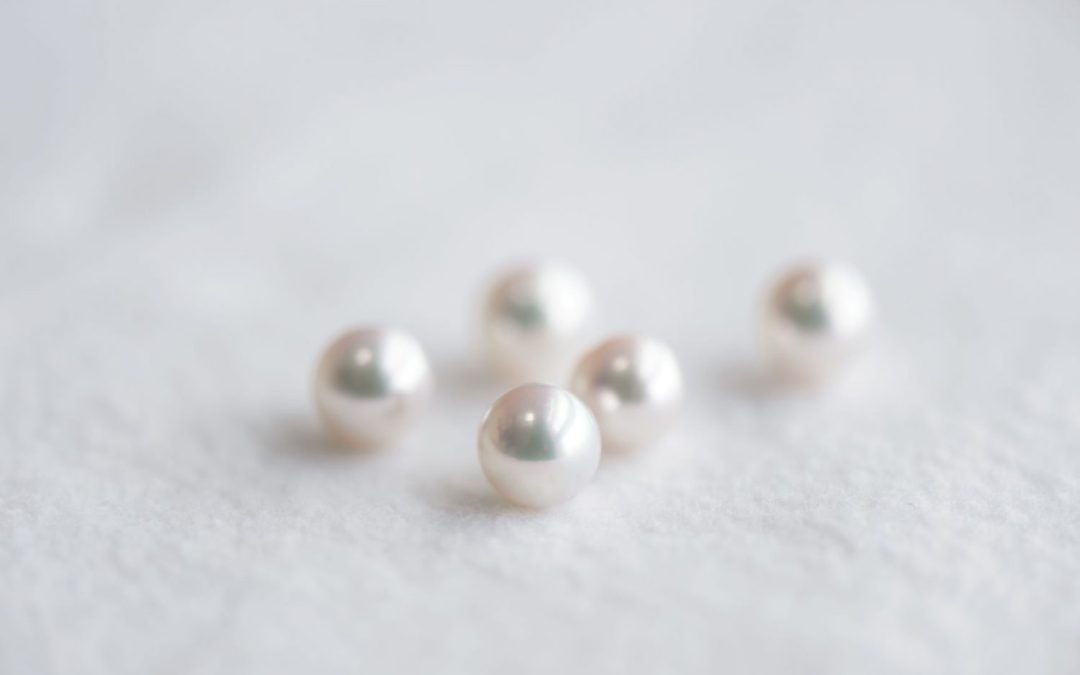It is quite common to see white pearl jewelry these days. Of the types of white pearls available, how can one tell the difference?

On the other hand, Akoya Pearls are cultivated in the calm and clean waters of the Sea of Japan. Akoya oysters are more vulnerable to environmental changes. Taking years to mature, with almost half of their number dying during the cultivation process, a single oyster produces only one pearl, or two if the pearl size is small. Of the fully cultivated and harvested pearls, only 30% will be used in jewellery, 20% are grounded into powder and used for medicines such as Chinese herbs and cosmetics, and 50% die during the cultivation process.

Because it takes a great amount of effort to achieve the highest quality pearls, the price difference between saltwater and freshwater pearls is not only about the quality of the pearls, but also about the nature of shellfish cultivation.
A living jewel, the Akoya pearl is one of Japan’s treasures that Pearl Falco is honored to present to the world. With a greater awareness of saltwater vs freshwater pearls, we encourage you to wear Japanese Akoya pearls and enjoy their uniquely timeless beauty!

